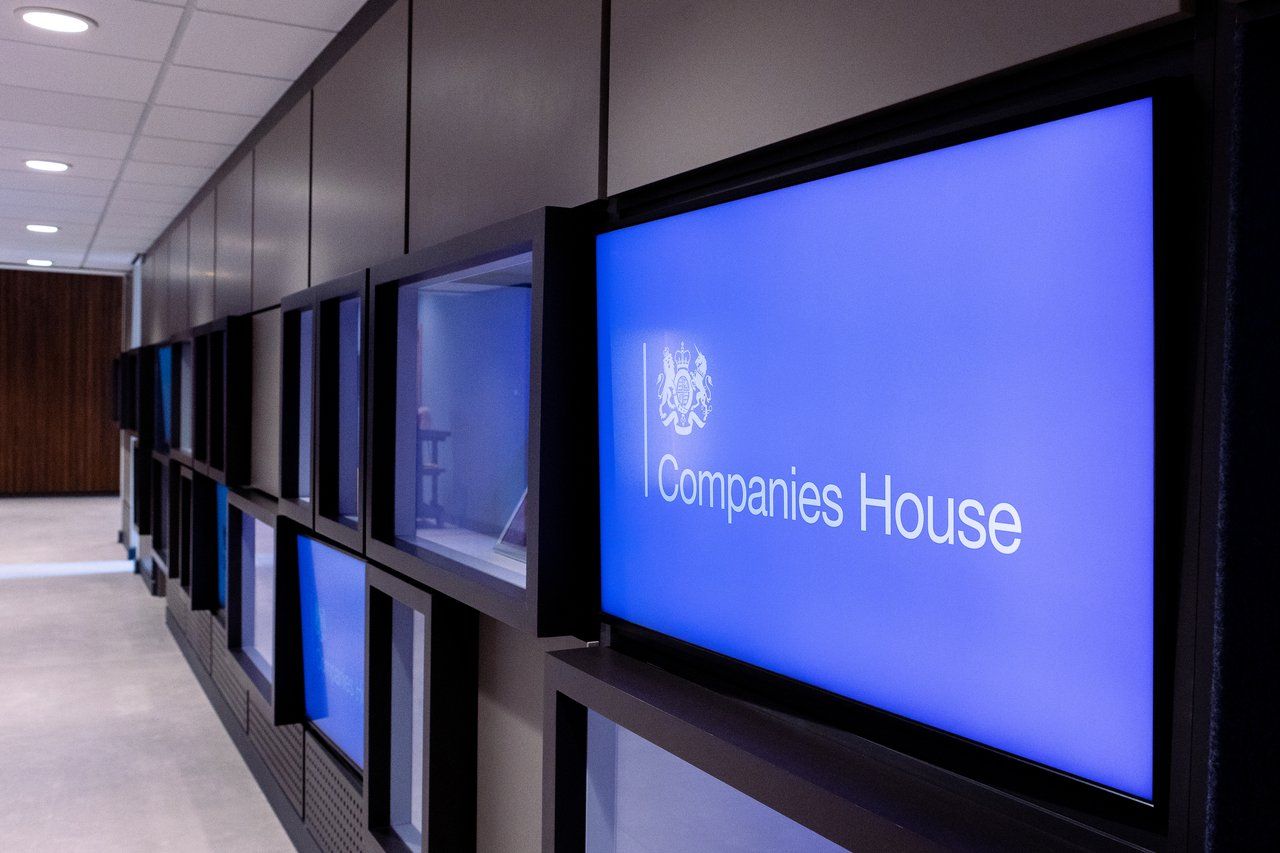Mergers and Acquisitions (M&A) – A Quick Overview
Mergers and acquisitions (M&A) are business transactions in which one company acquires another company or part of a company. M&A activity can take many forms, including mergers, acquisitions, consolidations, tender offers, and management buy-ins/buy-outs.
Types Of M&A Transactions
Mergers: Two companies combine to form a new company.
Acquisitions: One company purchases another company and takes control of its operations.
Consolidations: Two or more companies merge to form a larger company.
Tender Offers: One company makes an offer to buy the shares of another company directly from its shareholders.
Hostile Takeovers: A company attempts to acquire another company without the target company’s consent.
Acquisition of Assets: One company acquires the assets of another company, typically during bankruptcy proceedings.
Management Acquisitions: Company executives purchase a controlling stake in another company, taking it private. This is often financed with debt and requires shareholder approval.
The Motives For Mergers & Acquisitions
There are many reasons why companies engage in M&A activity. Some of the most common motives include:
To grow: M&A can be a quick and efficient way to grow a company’s size and reach new markets.
To gain new capabilities: M&A can help a company acquire new technologies, products, or services that it would not be able to develop on its own.
To reduce costs: M&A can help a company achieve economies of scale by combining operations or eliminating duplicate jobs.
To improve shareholder value: M&A can be used to create value for shareholders by increasing the target company’s profitability or by unlocking hidden value.
How Mergers Are Structured
Mergers can be structured in different ways based on the relationship between the companies involved:
Horizontal merger: Two companies in direct competition with similar product lines and markets.
Vertical merger: A customer or supplier merging with a company.
Congeneric mergers: Two companies serving the same consumer base in different ways.
Market-extension merger: Two companies selling the same products in different markets.
Product-extension merger: Two companies selling different but related products in the same market.
Conglomeration: Two companies with no common business areas.
Methods Of Valuing A Business
The value of a target is typically determined by a variety of factors, including the target company’s financial performance, its growth prospects, and its competitive position. Some of the most common valuation methods used in M&A transactions include:
Price-to-earnings (P/E) ratio: The P/E ratio is calculated by dividing the target company’s stock price by its earnings per share.
Enterprise value-to-sales (EV/Sales) ratio: The EV/Sales ratio is calculated by dividing the target company’s enterprise value by its sales.
Discounted cash flow (DCF) analysis: DCF analysis is a more complex valuation method that calculates the present value of the target company’s future cash flows.
Comparable Company Analysis: Compares the target company to similar publicly traded companies to derive a valuation multiple.
Precedent Transaction Analysis: Examines the valuation multiples from past transactions involving similar companies.
Capitalization of Earnings Method: Calculates the value of a company based on its expected future earnings and a capitalisation rate.
Asset-based Valuation: Determines the value of a company by summing up the value of its tangible and intangible assets, minus its liabilities.
Book Value: Uses the company’s historical accounting values of its assets and liabilities.
Adjusted Net Asset Value: Adjusts the book value of assets and liabilities to reflect fair market value.
Earnings Before Interest, Taxes, Depreciation, and Amortization (EBITDA) Multiple: Uses the EBITDA as a multiple of earnings to determine company value.
Each company involved in an M&A deal may have different valuations, with sellers aiming for higher prices and buyers seeking to pay less. Comparative analysis of similar companies in the industry and the use of valuation metrics can help determine the appropriate value for the target company.
Merger & Acquisition Risk Factors
M&A transactions can be risky for both the acquiring and target companies. Some of the most common risks associated with M&A include:
Integration risk: Integrating two companies can be a complex and time-consuming process that can lead to unexpected problems.
Cultural clashes: Differences in corporate culture can lead to conflict and resentment between employees of the two companies.
Regulatory risk: M&A transactions can be subject to government scrutiny and regulation, which can delay or even derail the deal.
Financial risk: M&A transactions can be expensive, and the acquiring company may be taking on too much debt or risk.
What Are The Effects Of Mergers & Acquisitions On Shareholders and Employees?
Mergers and acquisitions (M&A) can have a significant impact on employees and shareholders.
Employees
For employees, M&A can mean a number of things, including:
- Job loss: In some cases, M&A can lead to job losses, as the acquiring company may consolidate operations or eliminate duplicate positions.
- Changes in work conditions: M&A can also lead to changes in work conditions, such as new reporting relationships, new benefits, or new performance expectations.
- Uncertainty: M&A can be a time of uncertainty for employees, as they may not know what the future holds for their jobs or their company.
Shareholders
For shareholders, M&A can mean a number of things, including:
- Increased value: If the M&A is successful, it can lead to increased value for shareholders, as the combined company may be more profitable or have a larger market share.
- Dividends: The acquiring company may also choose to pay dividends to shareholders, which can provide a return on investment.
- Risk: However, M&A can also be risky for shareholders, as the deal may not be successful, or the combined company may not be as profitable as expected.
It is important to note that the impact of M&A on employees and shareholders can vary depending on the specific circumstances of the transaction. In some cases, M&A can be a positive event for both employees and shareholders.
Advice for Shareholders
- Do your research: Before the M&A transaction is finalised, it is important to do your research and to understand the potential risks and benefits of the deal.
- Talk to your financial advisor: If you have any questions about the M&A transaction, it is important to talk to your financial advisor or accountant.
- Stay patient: M&A can be a complex process, so it is important to stay patient and to wait for the deal to be finalised.
Ensuring A Successful Outcome
M&A transactions can be successful if they are carefully planned and executed. Some of the key success factors include:
- Clear strategic rationale: The acquiring company should have a clear strategic rationale for the M&A transaction. The transaction should be aligned with the company’s overall business goals and objectives.
- Thorough due diligence: The acquiring company should conduct thorough due diligence on the target company. This includes financial, legal, and operational due diligence.
- Agreed upon integration plan: The acquiring company and the target company should agree upon an integration plan. This plan should address issues such as culture, operations, and human resources.
- Effective communication: The acquiring company and the target company should communicate effectively throughout the M&A process. This includes communicating with employees, customers, and suppliers.
Despite the risks, M&A can be a successful strategy for companies that are looking to grow, gain new capabilities, or improve shareholder value. However, it is important to carefully consider all of the factors involved before making an M&A decision.
How We Can Assist
Understanding Mergers or Acquisitions can be complicated and time-consuming. Our team of experienced business accountants specialise in all matters relating to business acquisition, business structuring and succession planning, and can assist you in creating a smooth transition whilst ensuring compliance. For detailed guidance on any matters, get in touch with us on 0121 633 2000 or alternatively email us at enquiries@friendllp.com

The year’s best staged production? Critical Acclaim for Melting Pot Productions’ Paranormal Activity

Friend Partnership is a forward-thinking firm of Chartered Accountants, Business Advisers, Corporate Finance and Tax Specialists, based In The UK
Share this page:




